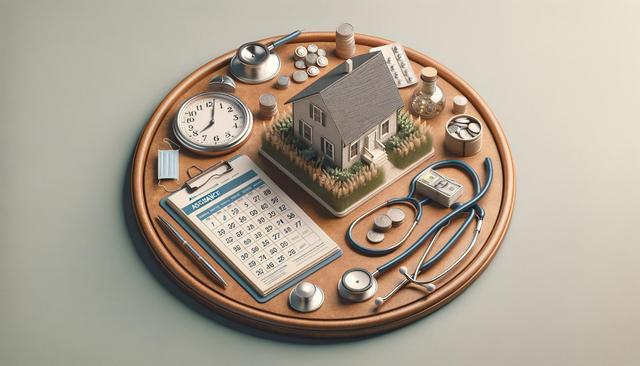Understanding the Scope of Veterans Assistance Benefits
Veterans assistance benefits are designed to support individuals who have served in the military, offering help in key areas such as housing, healthcare, and financial stability. These programs are managed at both federal and state levels, and understanding what’s available is the first step in accessing the support you may qualify for. Many veterans are unaware of the full range of benefits they could be receiving, making it essential to explore all avenues of assistance.
Common categories of veterans assistance include:
- Housing support, including home loans and rental assistance
- Medical care through VA healthcare facilities
- Monthly compensation for service-connected disabilities
- Education and training support
- Employment services and counseling
To navigate these programs, veterans often need to provide documentation such as discharge papers (DD214), medical records, and financial information. Keeping these documents up-to-date and accessible can significantly streamline the application process.
Housing Benefits and Support Options
Housing is one of the most critical support areas for veterans, especially for those transitioning out of active duty or dealing with long-term disabilities. Veterans may qualify for assistance that helps them buy a home, avoid homelessness, or secure adapted housing if they have mobility challenges.
Key housing benefits include:
- VA-backed home loans with favorable terms and no down payment
- Grants for specially adapted housing for severely disabled veterans
- Rental assistance for low-income veterans through programs like HUD-VASH
- Homelessness prevention initiatives and temporary housing support
Each program has specific eligibility requirements, often based on income level, service history, and disability status. Veterans can apply through the U.S. Department of Veterans Affairs or local housing authorities that collaborate with federal programs. It’s also helpful to connect with a VA-accredited housing counselor who can assist with the application and approval process.
Accessing Medical and Healthcare Services
Healthcare is another major benefit available to qualifying veterans, offering access to a wide network of VA hospitals, clinics, and specialists. Depending on the nature of your service and any service-related conditions, you may qualify for comprehensive medical coverage at little to no cost.
Services include:
- Primary care and specialty care
- Mental health counseling and support
- Prescriptions and medical equipment
- Preventive care and wellness programs
- Long-term care services
Enrollment in VA healthcare requires a completed application, which can be submitted online, by mail, or at a local VA facility. Priority is often given to veterans with service-connected disabilities, lower income, or those who served in combat zones. It’s advisable to review the VA’s priority groups and copayment rates to understand your potential coverage level.
Monthly Payments and Disability Compensation
Veterans who were injured or developed medical conditions as a result of their service may be eligible for monthly disability compensation. These tax-free payments are based on the severity of the condition and how it impacts daily life and employment.
To apply for disability compensation, veterans must:
- Prove a current diagnosis
- Connect the condition to their military service
- Provide documentation, including medical records and service history
The VA assigns a disability rating, which determines the monthly payment amount. Ratings range from 0% to 100%, with higher ratings corresponding to more significant impairments. Veterans who receive a 30% rating or higher may also qualify for additional support for dependents. In some cases, veterans may receive Special Monthly Compensation (SMC) for severe disabilities involving loss of limb or senses.
Filing a Claim and Getting Help with the Process
Filing for veterans assistance benefits can be complex, involving detailed paperwork and an understanding of eligibility requirements. Fortunately, there are resources available to help applicants through every step of the process. Accredited representatives, Veterans Service Organizations (VSOs), and legal aid services can provide guidance and advocate on behalf of veterans.
Steps to file a claim typically include:
- Gathering necessary documents (DD214, medical records, income statements)
- Submitting a claim through the VA’s online portal, by mail, or in person
- Attending medical exams or evaluations if required
- Responding promptly to follow-up requests for information
Timeliness and accuracy play a vital role in claim approval. Many veterans also choose to appeal decisions or request a review if they believe their rating does not reflect the extent of their condition. Appeals can be submitted through the VA’s review process or with the help of a representative.
Conclusion: Take the First Step Toward the Benefits You Deserve
Understanding and accessing veterans assistance benefits can make a significant difference in the lives of those who have served. Whether you’re seeking support for housing, healthcare, or financial relief, there are structured programs in place to help you navigate civilian life with dignity and support. By learning about your options, gathering the right documentation, and seeking help when needed, you can take confident steps toward claiming the benefits you may qualify for. Veterans and their families are encouraged to explore all available resources and reach out to trusted advisors to ensure they receive the full support they’ve earned through their service.




Leave a Reply